“Good quality compassion contains within it the ability to experience both its subjective and objective aspects in a balanced way, and to be wisely present to the pain of the world and of ourselves”
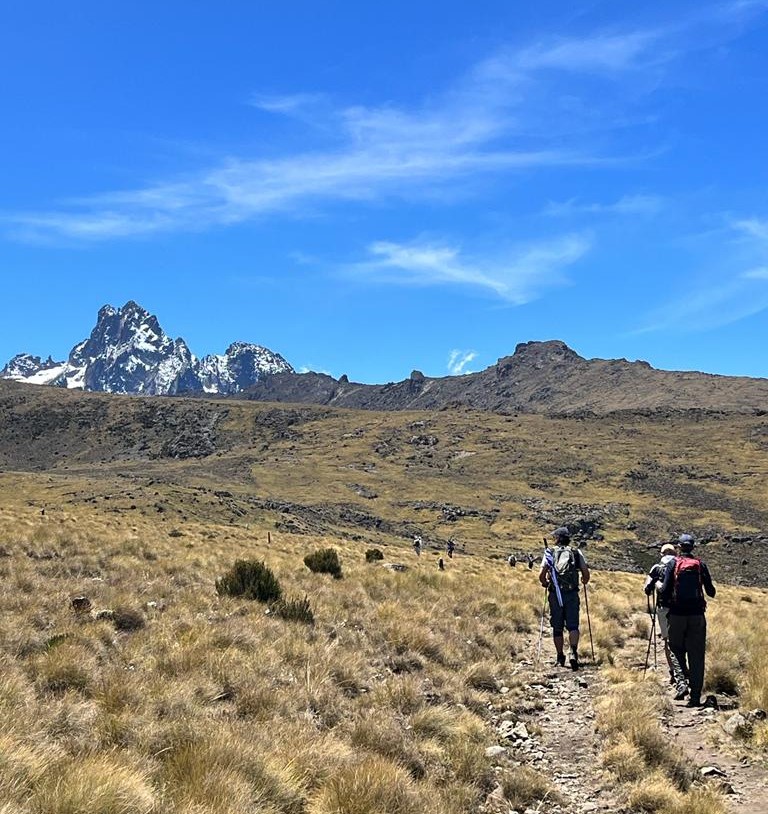
Integral Meditators,
This week’s article outlines a practice that we can do to activate and explore our wise compassion. At the bottom of the article you can also find the links to a number of related articles on compassion.
The new workshops and class details are out. Amongst other things we have the Shadow meditation workshop on the 18th March, which is a powerful way of integrating and making use of the parts of yourself that currently seem to be getting in the way of your progress…
In the spirit of compassion,
Toby
Building functional & wise compassion, systematically
Compassion is a powerful driving force within us that, if we cultivate in a balanced way, can be a transformative and energizing force in our lives. It is built of a number of parts:
- Our sense of natural warmth extending outwards toward others and toward ourself
- The recognition of the suffering of others, of ourself and in the world
- The desire where possible to make a difference and relieve that suffering
We can experience compassion in an intensely subjective way, where the existence suffering is felt very personally. We can also experience it more objectively, being present to the suffering of ourself and others with a sense of distance and perspective. When compassion is not balanced it can lead us to either:
- Experience the pain of self and others too subjectively in a way that unsettles and confuses us
- Or to detach from the pain, and feeling disconnected to the pain of the world, others and ourself
Good quality compassion contains within it the ability to experience both its subjective and objective aspects in a balanced way, and to be wisely present to the pain of the world in a way that when something can be done, we do it. If not, we can still extend our presence and compassion gently and warmly.
The exercise below, done in six stages, is designed to build a functional, robust and wise compassion if we practice it consistently. We begin by practicing simple single-pointedness and field awareness before moving onto compassion itself. If you spent three minutes on each position, this would be a 21minute meditation. You can lengthen or shorten it by adjusting the amount of time on each section.
Position 1– Building single-pointedness around the breathing & body
Here we are just practising focusing on one thing, the breathing within the body, to the exclusion of all other things within the field of our awareness.
Position 2 – Practising field awareness
Panning back from your breathing and observing the totality of your field of awareness with curiosity, warmth & care
Position 3– Subjective self-compassion
Observing and moving into your own pain (could be an aspect of your physical pain, emotional or psychological), close up and personally, breathing with it, letting it come and go
Position 4– Objective self-compassion
Observing and detaching from your pain, viewing it from a distance and with warm impersonality
Position 5 – Subjective compassion for others
Observing and moving into the pain of others, close up and personally, breathing with it, letting it come and go
Position 6– Objective compassion for others
Observing and detaching from the pain of others, viewing it from a distance and with warm impersonality
Position 7 – Integration and active contemplation time around the previous six stages
If you practice this meditation a few times it will enable you to get a feel for both what balanced subjective compassion feels like, and balanced objective compassion feels like. It will then enable you to start moving organically between these two positions according to your needs and circumstances, keeping your compassion both functional and wise as you deploy it within your life.
Related reading: Single-pointedness & going with the flow
Karuna – Compassion arising from wisdom
Compassionate presence, awakened action
© Toby Ouvry 2023, you are welcome to use or share this article, but please cite Toby as the source and include reference to his website www.tobyouvry.com
All upcoming classes and workshops at IMA:
Ongoing – Weekly Tuesday, Wednesday Online class schedule
Ongoing on Wednesday’s, 7.30-8.30pm – Wednesday Meditation for stress transformation and positive energy with Toby (Bukit Timah)
Ongoing on Tuesday evenings, 7.30-8.30pm – Tuesday Meditation for stress transformation and positive energy with Toby (East Coast)
Ongoing – Introduction to Integral Meditation & Mindfulness Practice – An eight-week course
Saturday 18th March – Finding Freedom From What Holds You Back in Life: Practical meditations & techniques for working with your shadow-self
Tues 21st & Weds 22nd March, 7.30-8.30pm – Spring Equinox balancing and renewing meditation
Saturday March 25th, 9.30-11.30am – Monthly Qi Gong & Taoist Breathwork Clinic & Mini-retreat
Sat & Sunday 1st, 2nd April – Two day integral meditation retreat
Integral Meditation Asia
Online Courses * 1:1 Coaching * Books * Live Workshops * Corporate Mindfulness Training *Life-Coaching * Meditation Technology
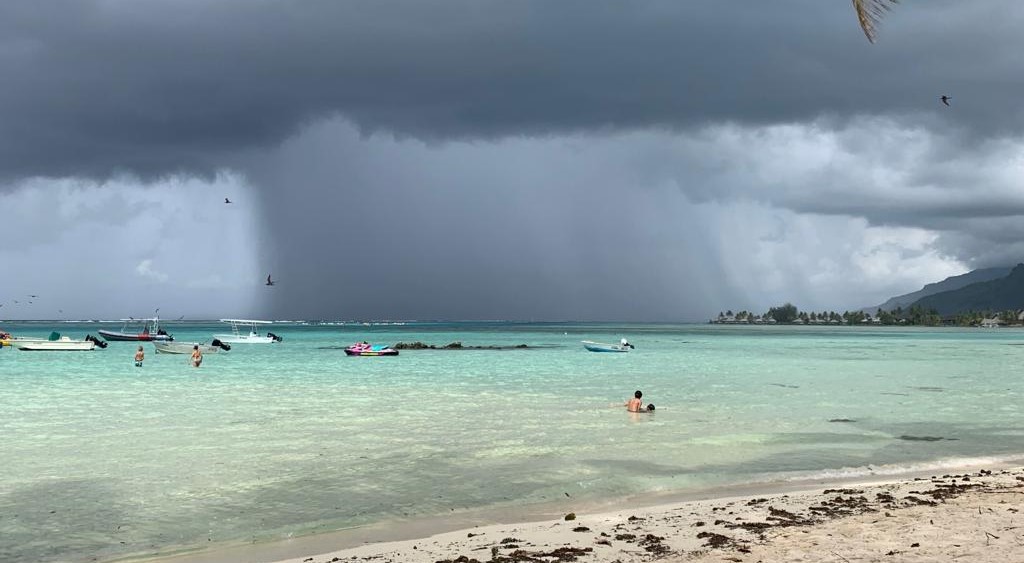
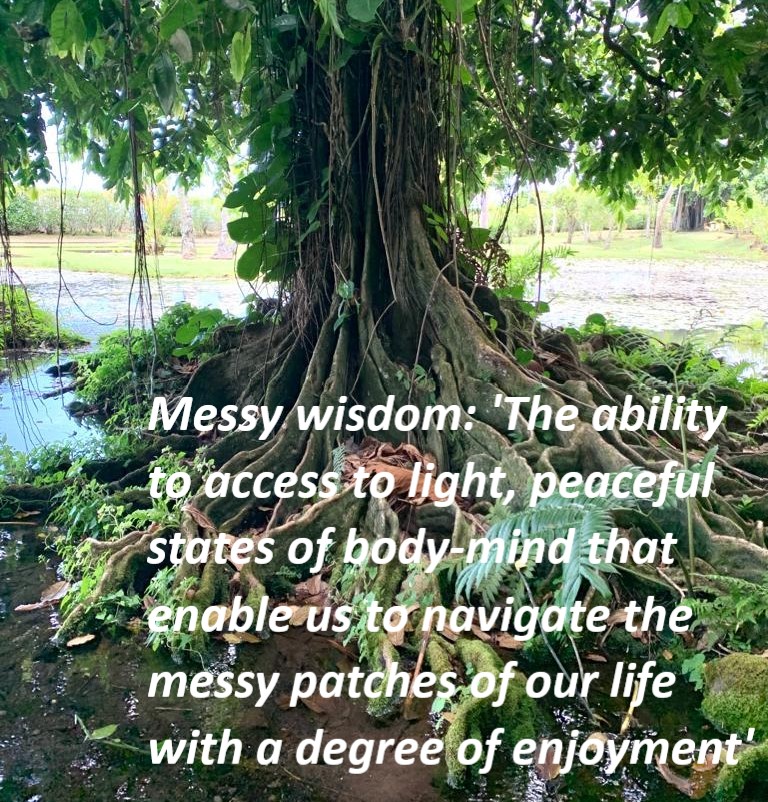
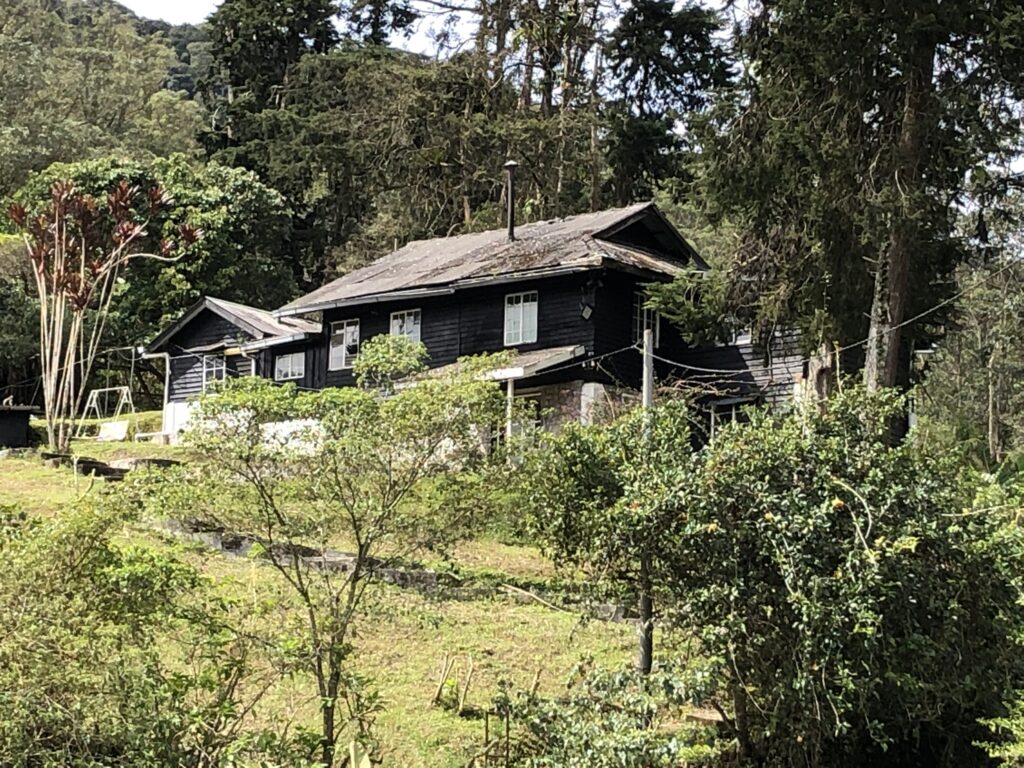
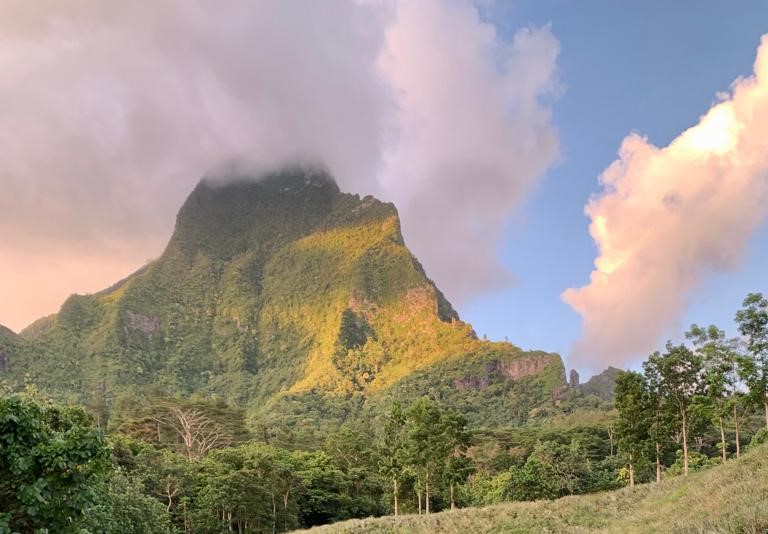
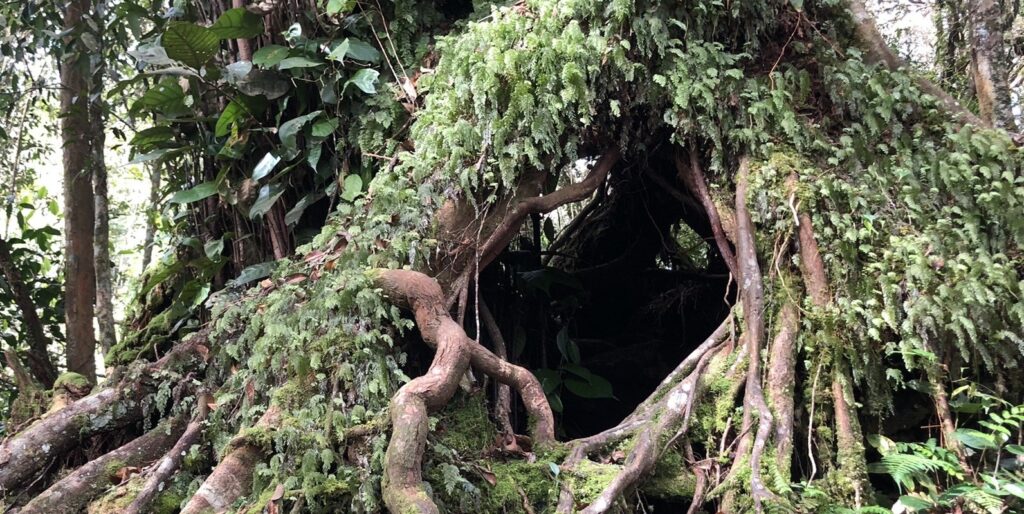
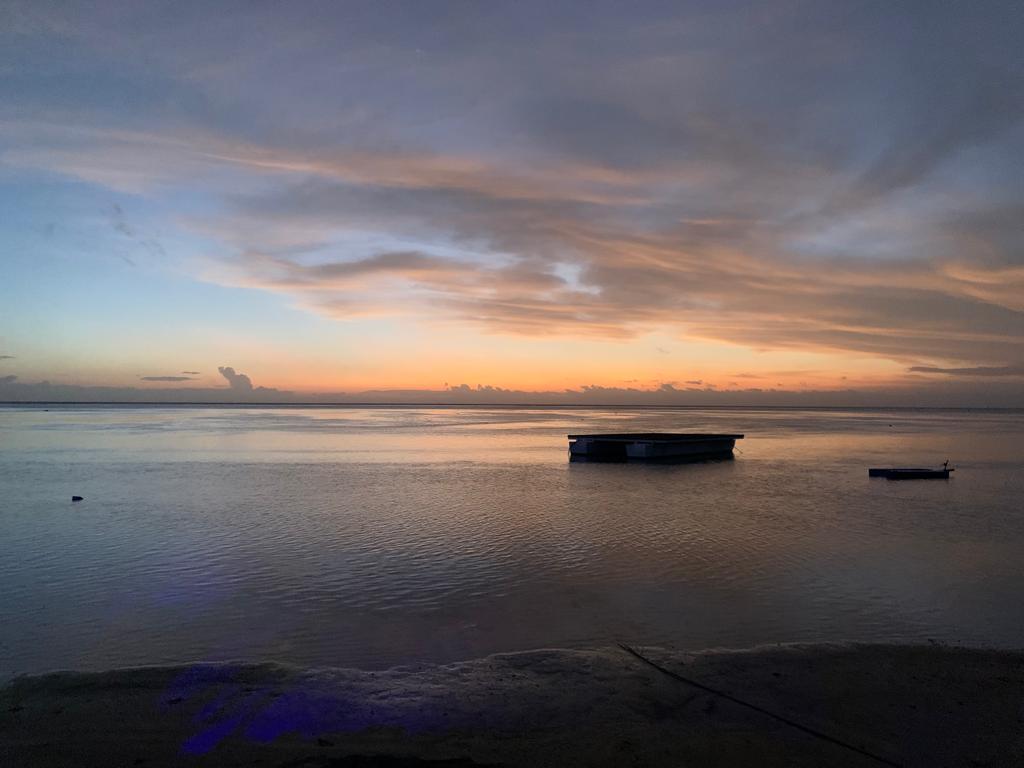
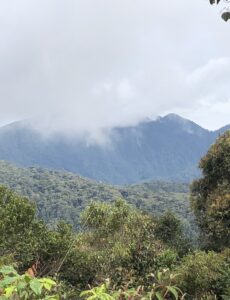 Dear Integral Meditators,
Dear Integral Meditators,


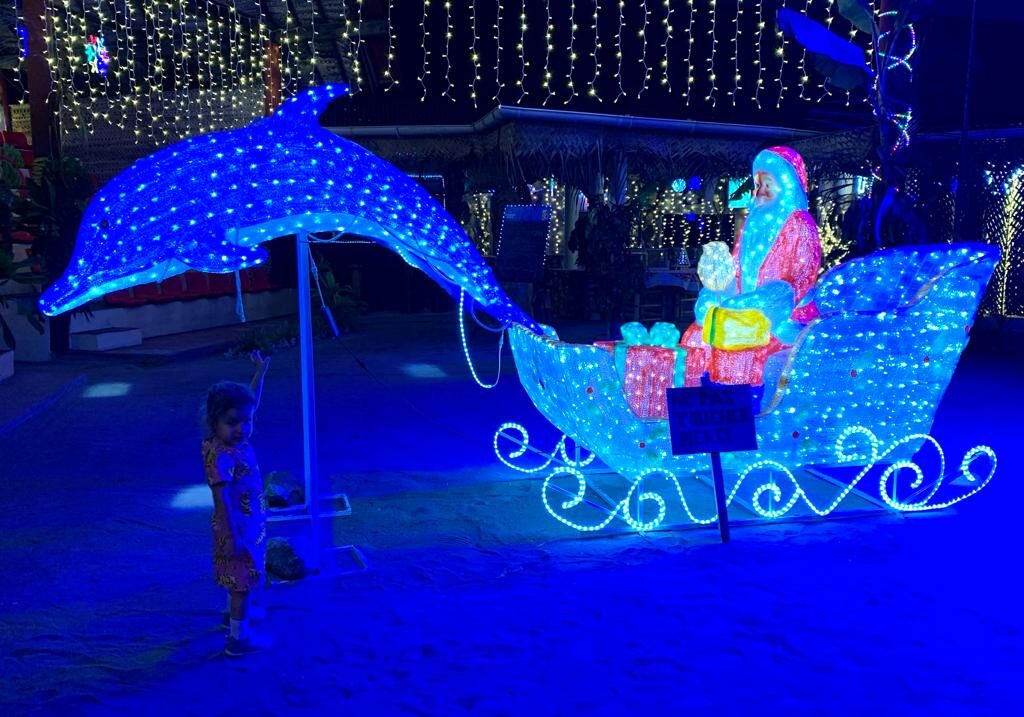
 Dear Integral Meditators,
Dear Integral Meditators,